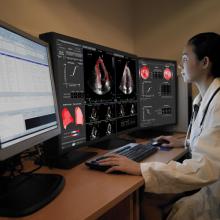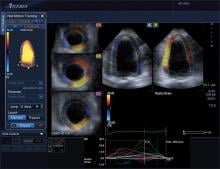Before the introduction of 3-D digital breast tomosynthesis (DBT) imaging, 2-D full field digital mammography (FFDM) systems were the gold standard for breast cancer screening. However, during the past few years, DBT has become the new gold standard.
If you enjoy this content, please share it with a colleague
- Read more about 3-D Digital Breast Tomosynthesis: Still Going Strong
- Log in or register to post comments









